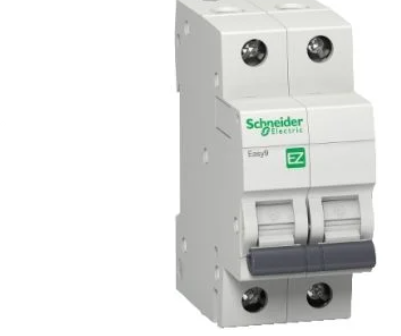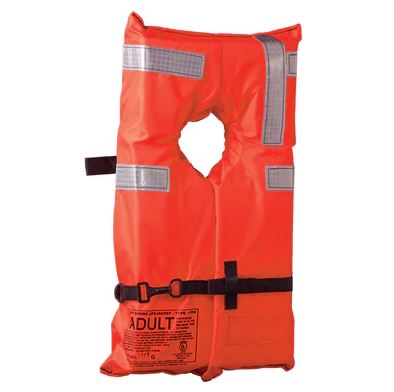In the realm of electrical engineering, Miniature Circuit Breakers (MCBs) play a pivotal role in ensuring the safety and functionality of electrical systems. From residential homes to industrial facilities, MCBs are indispensable components that offer protection against electrical faults and overloads. This article delves into the essence of MCBs, exploring their functionality, importance, and relevance in modern electrical installations.
Introduction to MCBs
MCBs, also known as Mini Circuit Breakers, are automatic switches designed to interrupt the flow of electric current in the event of a fault or overload. They are compact devices that serve as an essential part of the electrical distribution system, acting as guardians to prevent damage to appliances, wiring, and other electrical components. MCBs come in various sizes, ratings, and configurations to accommodate different applications and load requirements.
Functionality of MCBs
At its core, an MCB operates on the principle of thermal-magnetic protection. It comprises a bimetallic strip that responds to overcurrents and a magnetic coil that detects short-circuit currents. When the current exceeds the rated capacity of the MCB, either due to an overload or a short circuit, the bimetallic strip heats up, causing it to bend and trip the circuit. Simultaneously, the magnetic coil generates a magnetic field, triggering the instantaneous trip mechanism to disconnect the circuit swiftly.
MCBs offer several advantages over traditional fuses, including faster response times, ease of reset, and better reliability. Unlike fuses, which require replacement after each operation, MCBs can be reset manually once the fault is cleared, reducing downtime and maintenance costs.
Importance of MCBs in Electrical Installations
The importance of MCBs in electrical installations cannot be overstated, as they serve multiple critical functions:
-
Overcurrent Protection: MCBs protect electrical circuits from overcurrents, which occur when the current exceeds the rated capacity of the wiring or appliances. By disconnecting the circuit during overloads, MCBs prevent overheating and potential fire hazards, ensuring the safety of occupants and property.
-
Short-Circuit Protection: In the event of a short circuit, where a low-resistance path is created between conductors, MCBs act swiftly to isolate the faulty circuit and prevent catastrophic damage. By interrupting the flow of current, MCBs minimize the risk of electrical arcing, melting of insulation, and subsequent fires.
-
Equipment Protection: MCBs safeguard electrical equipment and appliances from damage caused by electrical faults. By tripping the circuit during abnormal conditions, MCBs prevent excessive stress on motors, transformers, and other sensitive devices, prolonging their lifespan and ensuring reliable operation.
-
Selective Coordination: In complex electrical systems with multiple MCBs and circuit breakers, selective coordination is crucial to ensure that only the nearest upstream device trips in the event of a fault. This prevents unnecessary shutdowns and enhances the reliability of the overall system.
-
Compliance with Regulations: MCBs are mandated by electrical codes and standards worldwide as essential components of safe electrical installations. Compliance with regulatory requirements ensures that buildings meet safety standards and minimizes liability risks for property owners and contractors.
Factors to Consider When Choosing MCBs
When selecting MCBs for a particular application, several factors should be taken into account to ensure optimal performance and compatibility:
-
Current Rating: MCBs are available in various current ratings to match the specific requirements of the electrical load. Common ratings include 6A, 10A, 16A, 32A, and 63A. It is essential to choose an MCB with a current rating that matches or slightly exceeds the anticipated load to prevent nuisance tripping.
-
Breaking Capacity: The breaking capacity, also known as the short-circuit rating, indicates the maximum fault current that an MCB can safely interrupt without sustaining damage. It is crucial to select an MCB with a breaking capacity that exceeds the prospective short-circuit current to ensure reliable protection.
-
Number of Poles: MCBs are available in single-pole, double-pole, and three-pole configurations, depending on the application. Single-pole MCBs are typically used for single-phase circuits, while double-pole and three-pole MCBs are employed in three-phase systems and for higher voltage applications.
-
Tripping Characteristics: MCBs come in different tripping characteristics, such as Type B, Type C, and Type D, which determine their response to overcurrents. Type B MCBs are suitable for general-purpose applications, while Type C and Type D MCBs are designed for circuits with higher inrush currents, such as motor loads.
-
Price and Quality: Price is undoubtedly a crucial factor when choosing MCBs, but it should not be the sole determinant. While comparing 63A MCB price, 16 amp MCB price, and 40 amp MCB price, it is essential to consider the quality, reliability, and reputation of the manufacturer. Opting for reputable brands and high-quality products ensures long-term performance and peace of mind.
Conclusion
In summary, Miniature Circuit Breakers (MCBs) are indispensable components of modern electrical installations, providing vital protection against overcurrents, short circuits, and electrical faults. With their compact design, reliable operation, and versatility, MCBs offer an effective means of safeguarding occupants, property, and equipment from potential hazards. By understanding the functionality, importance, and selection criteria of MCBs, electrical engineers, contractors, and homeowners can make informed decisions to ensure the safety and reliability of their electrical systems.
Schneider Electric eShop stands as a beacon of excellence in providing top-notch Miniature Circuit Breakers (MCBs) to meet diverse electrical needs. With a rich legacy of innovation and reliability, Schneider Electric has established itself as a leader in the electrical industry, delivering cutting-edge solutions tailored to customer requirements.
At Schneider Electric eShop, customers are greeted with a vast array of MCB options, meticulously crafted to ensure utmost safety, performance, and efficiency. From single-pole to three-pole configurations, and from various current ratings to breaking capacities, the eShop offers a comprehensive selection to suit every application.
What sets Schneider Electric eShop apart is its unwavering commitment to quality and customer satisfaction. Each MCB undergoes rigorous testing to meet stringent industry standards, guaranteeing reliability and peace of mind for users. Moreover, the eShop provides transparent pricing, ensuring that customers can make informed decisions without compromising on quality or budget.
Backed by a legacy of excellence and a dedication to innovation, Schneider Electric eShop stands as the premier destination for those seeking the best MCBs for their electrical needs. With unparalleled quality, reliability, and customer service, Schneider Electric eShop continues to illuminate the path forward in the world of electrical engineering.





